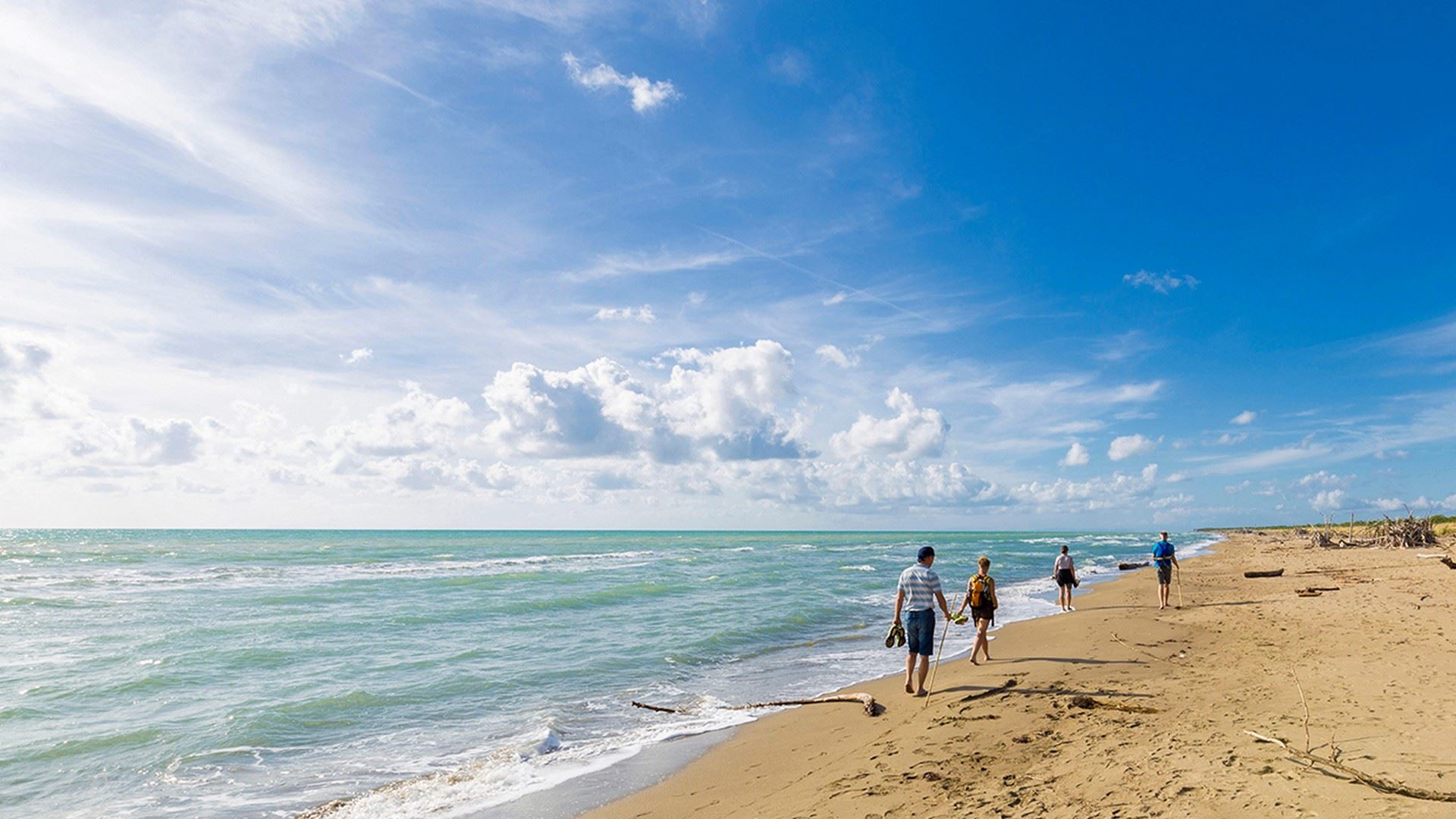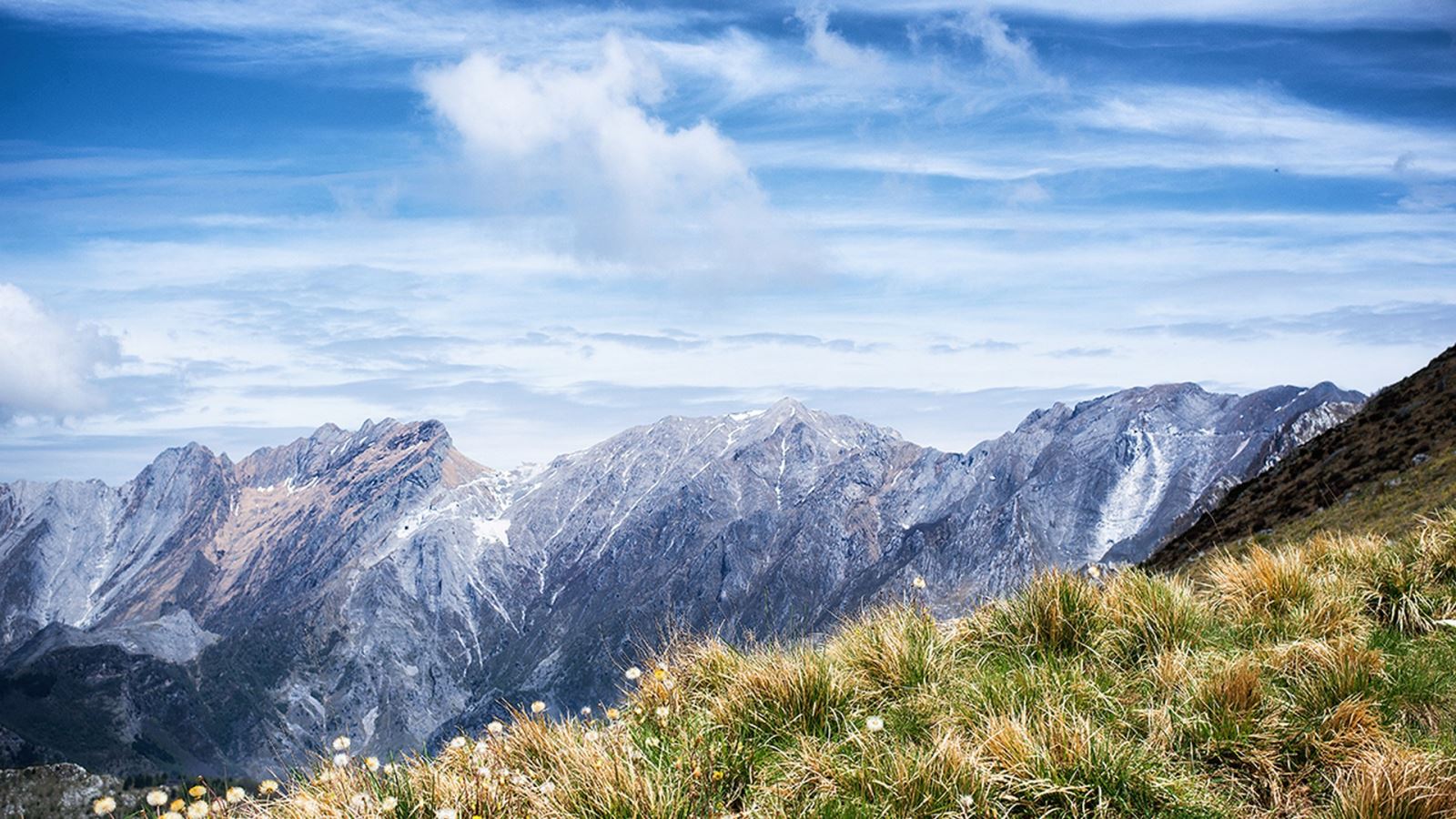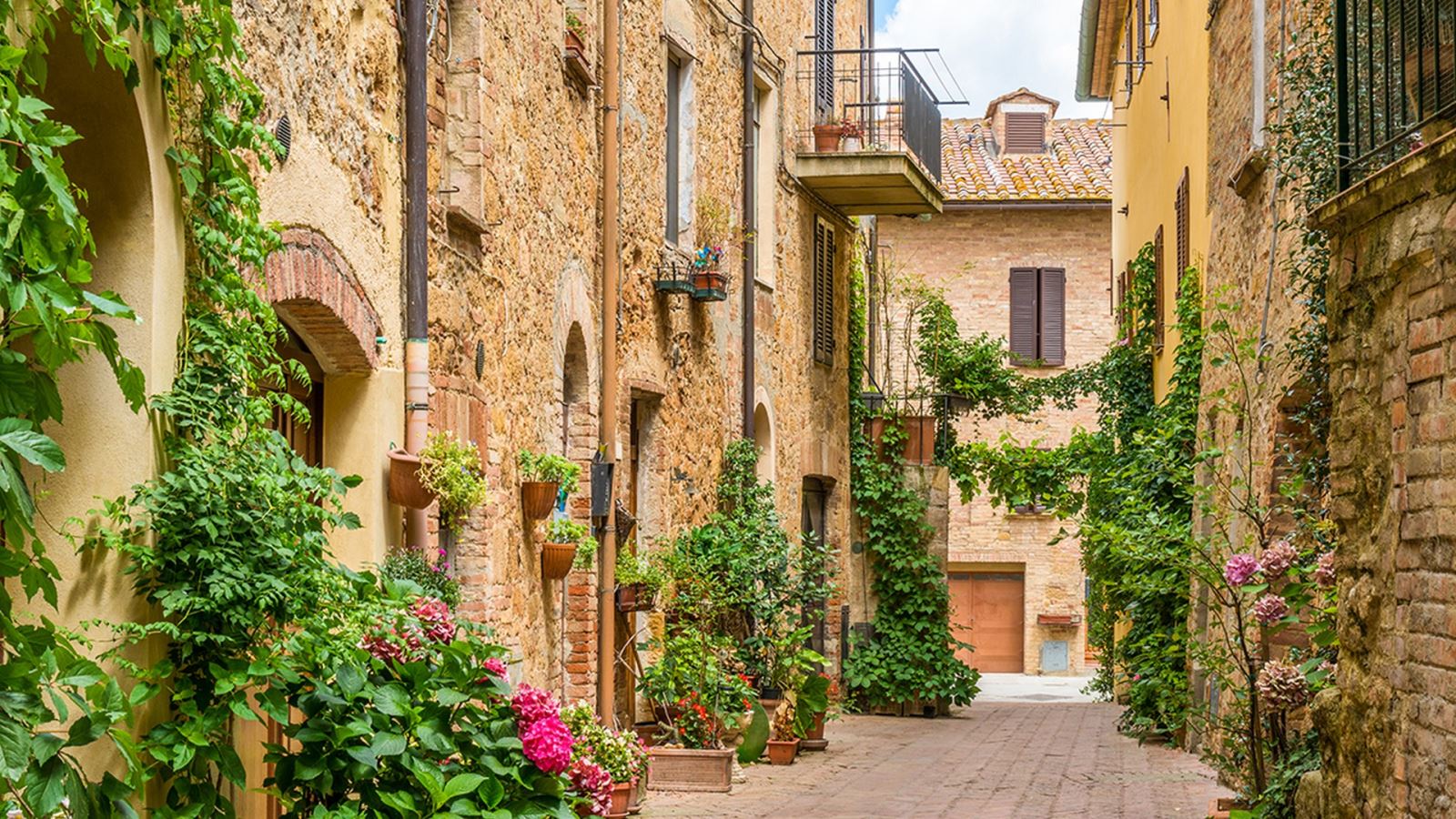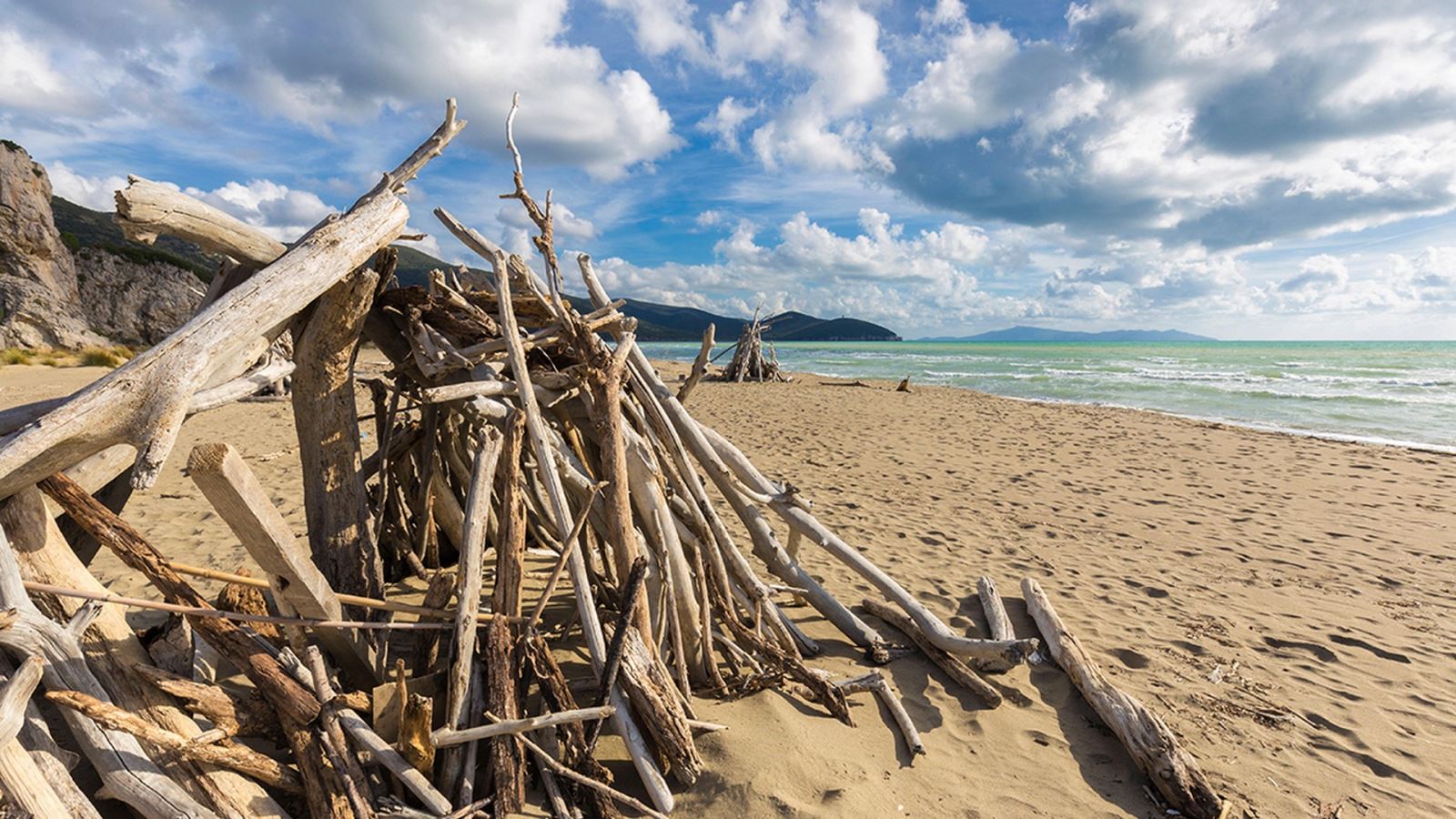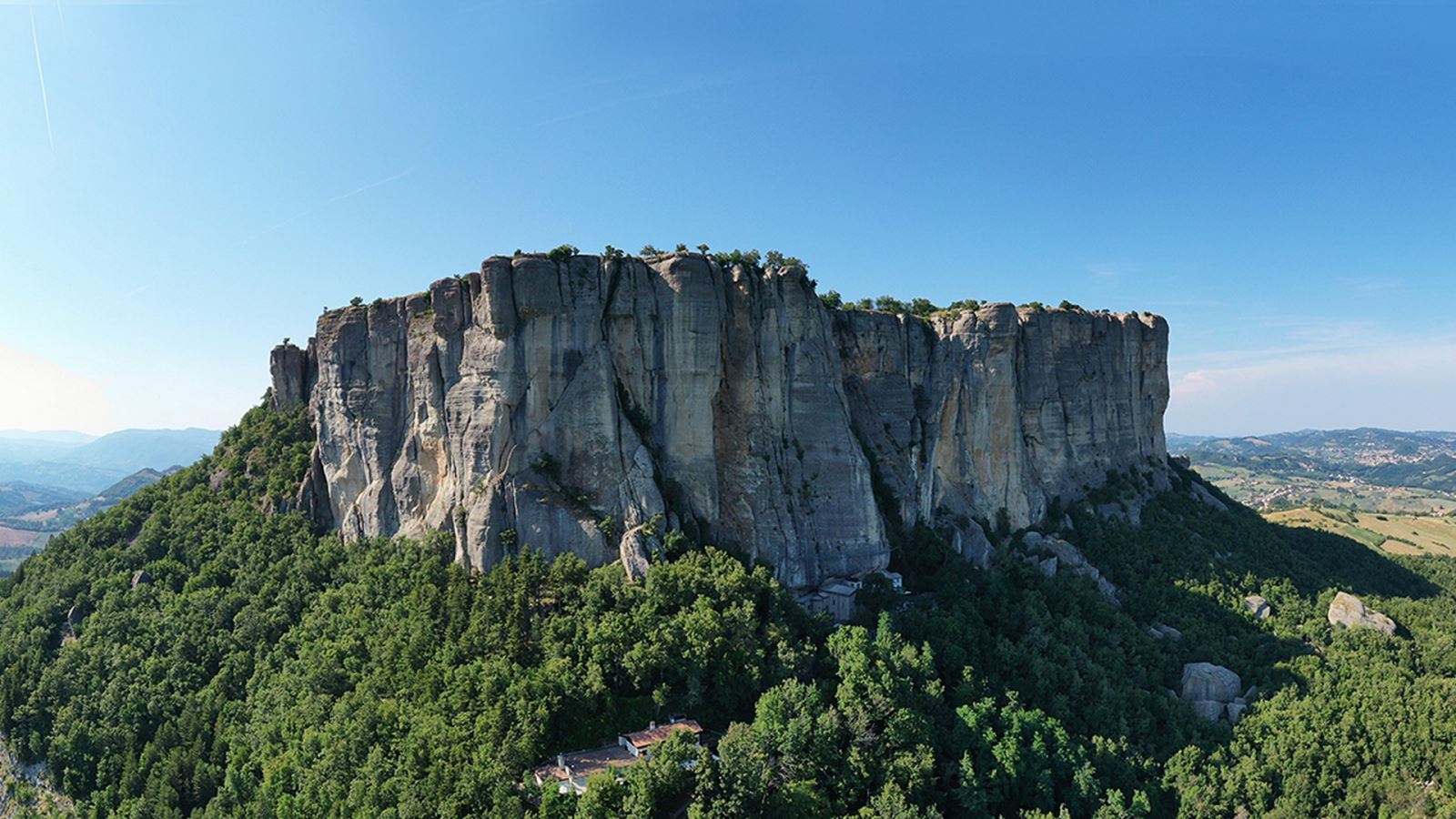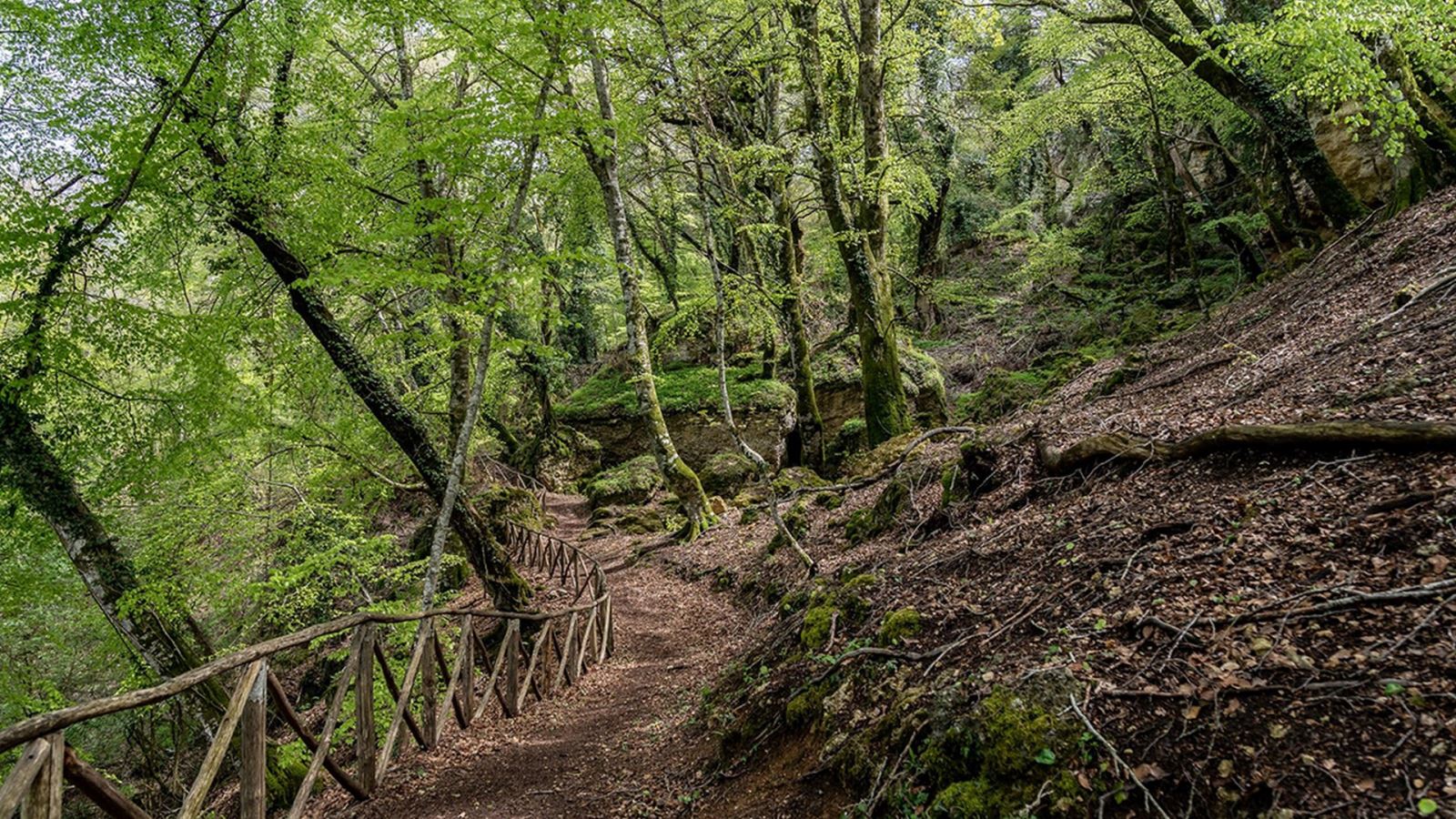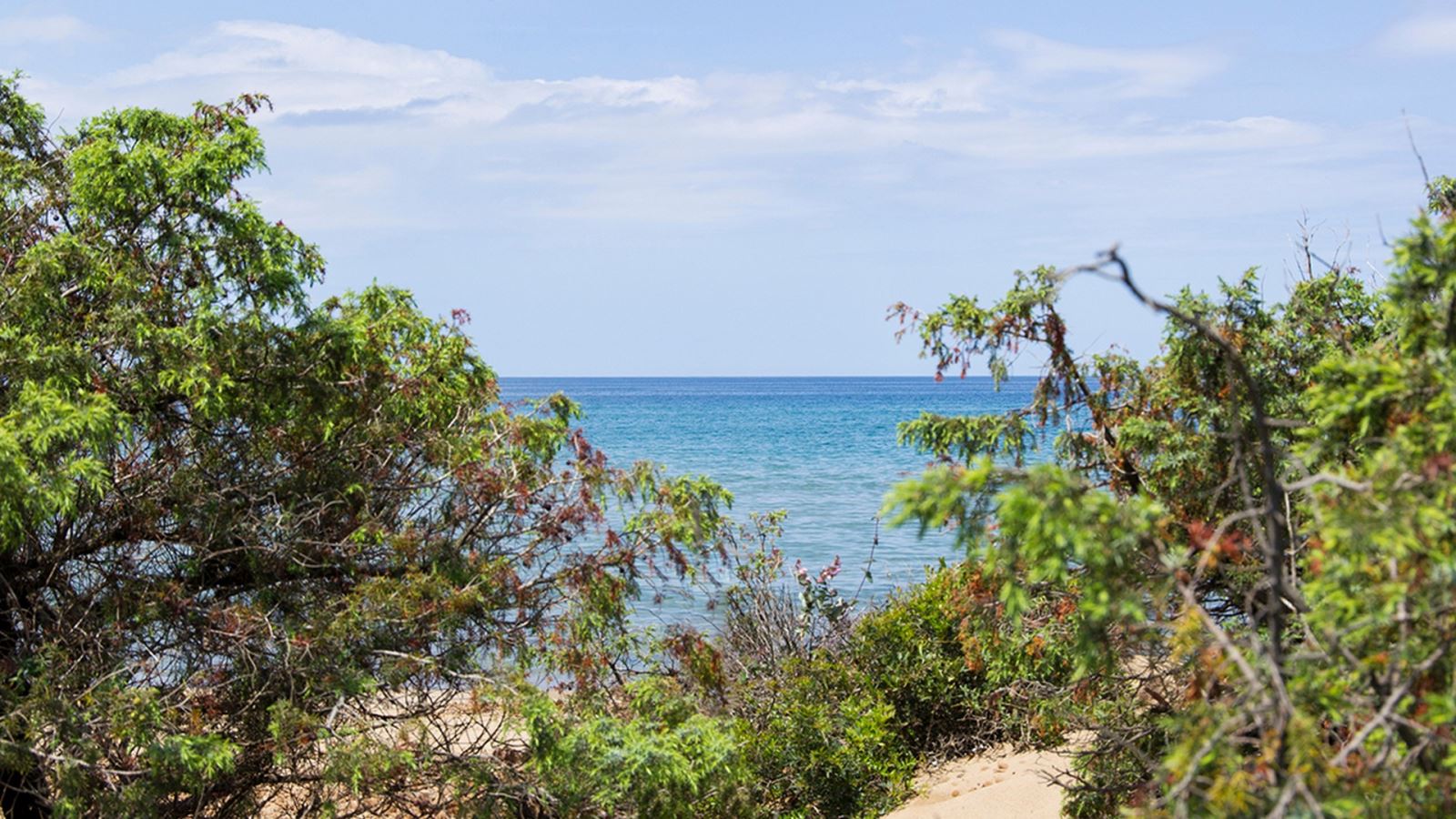Tuscany is all about the landscape. Yet, perhaps because of those famous vistas, the natural parks in Tuscany are lesser known. Here in the protected areas, you’ll find everything from untamed beaches to mountain wilderness and shaded forests – and few people with which to share the space. Here are six of the best places to escape the crowds.
The Apuan Alps Regional Park contains riches galore – including the marble that was the material for Michelangelo’s sculptures. Photo: Orlando Tomassini/Shutterstock
The Apuan Alps Regional Park contains riches galore – including the marble that was the material for Michelangelo’s sculptures. Photo: Orlando Tomassini/Shutterstock
1 Apuan Alps Regional Park
These forbidding-looking jagged mountains, part of Tuscany’s wildest park, contain hidden riches: marble quarries, caves, and startling views of the Mediterranean. The area, on Tuscany’s north-west border, is best known for its marble – this is where Michelangelo personally chose the lumps he’d use for his sculptures (he could see the shape waiting to be liberated from the rock, he would say), and the mountainsides are still a dazzling white. Other jaw-dropping sights include Antro del Corchia, a network of deep inner-mountain tunnels drenched in stalactites and stalagmites; the Pellegrini-Ansaldi botanical garden, its plants and flowers hanging off the mountainside; and the Marmitte dei Giganti, with its huge, deep holes in the rock on Monte Sumbra, which look as though they were drilled by giants.
apuanegeopark.it
The historic hilltop town of Pienza is well worth a pitstop when visiting the Val d’Orcia Park. Photo: Stefano Valeri/Shutterstock
2 Val d’Orcia Artistic, Natural and Cultural Park
An hour south of Siena, the Val d’Orcia area is Tuscany’s most famous landscape – those rolling hills with gravel roads zigzagging up them, elegant cypress avenues on top… This is also home to some of Italy’s best-preserved Renaissance towns. So it’s the relationship between man and nature that’s on show here. Don’t miss Pienza, a ravishing hilltop town of palazzos and squeeze-belly alleys built as the 15th-century ‘ideal city’ by Pope Pius II, or Montepulciano, with its grand piazza and underground, cathedral-like wine cellar. Drive around the hilltop villages, walk part of the Via Francigena, or soak in the hot springs in this volcanic landscape. For a sense of how humans have tamed the area, take a tour of La Foce, the grand estate owned by the writer Iris Origo. On a walk around the beautifully landscaped gardens, you’ll hear how the local population transformed a barren landscape into the beauty we now see.
parcodellavaldorcia.com
Visitors leave behind their primitive huts on the beach at Marina di Alberese. Photo: Click Alps Srls/Alamy
3 Marina di Alberese, Maremma National Park
This shoreline is so unspoilt that it has a resident population of foxes, which sun themselves alongside tourists. It’s a far cry from Italy’s usual regimented, private beaches; there’s not a sunlounger in sight, no bar piping tinny music across the sand, here in the Maremma National Park, on Tuscany’s southern coast. Instead, you’ll park in a pine forest (from 27 June to 31 August you must take a shuttle from the village of Alberese) and walk through the trees, emerging on thick, rumpled sand which curves for as far as the eye can see and is scattered with driftwood flung onto it by the Med. Most people (and foxes) congregate around the main area, so walk towards the medieval watchtower on the distant, forested hill for an emptier stretch of sand. There’s a bar and bathroom in the forest.
parco-maremma.it
The Bismantova Rock, with its vertical walls, dominates the landscape in the Appennino Tosco-Emiliano National Park. Photo: D-Visions/Shutterstock
4 Appennino Tosco-Emiliano National Park
Straddling the border of Tuscany and Emilia Romagna, this sprawling mountain park features Tuscany’s highest peak, Monte Prado (2,054m). There’s plenty to get the adrenaline flowing here: cycling, hiking and skiing in winter are all on offer. But it’s also a place for wildlife spotting – wild boar, golden eagles, wolves and deer all call this home – and to learn the rhythms of mountain life in the tiny villages. Comano is famous for its horse show, Comano Cavalli, which usually takes place in September, and at Rocca Soraggio, a hamlet clinging to the mountainside, you’ll discover a famous medieval crucifix, the Volto Santo.
parcoappennino.it
Covering 341 hectares, Pietraporciana Nature Reserve lies between the Val d’Orcia and the Valdichiana. Photo: Emiliano Migliorucci/Pietraporciana
5 Pietraporciana Nature Reserve
This is a small but lovely reserve, centred on a peaceful, Tolkienesque beech forest, once owned by the author Iris Origo (see above), on the ridge that separates the Val d’Orcia and the Val di Chiana. Cool off in the shade of moss-covered beeches (plus sycamore, turkey oak and hornbeams) as you walk along paths that have been in use since the Bronze Age. Spot woodpeckers, barn owls and buzzards, as well as rare plants such as the martagon lily and belladonna bush, and learn about the resistance partisans based in Pietraporciana’s farmhouse (now the visitor centre) during the Second World War. The real joy here is getting lost in the forest – this is secret Tuscany, a world away from the man-made attractions of the Val d’Orcia.
pietraporciana.com
The air is scented with Mediterranean herbs on the beaches of Rimigliano Coastal Park. Photo: Werner Rebel/Shutterstock
6 Rimigliano Coastal Park, Val di Cornia Parks
On Tuscany’s Etruscan coast, the northern Maremma, lie the six parks of the Val di Cornia. There’s something for everyone, here: a nature reserve, thick forest, plus archaeological remains that include an Etruscan acropolis overlooking the placid Mediterranean, and a medieval mining village. But it’s the beaches that could delay you for days. Rimigliano, at the northern end, is a dune-backed, thick stretch of sand that seems unending, the air scented with juniper, honeysuckle and myrtle by the macchia mediterranea bushes that top the sandy ridges, and the island of Elba shimmering offshore. Strong sea breezes keep things cool, but when the midday sun strikes, take refuge with the cicadas among the oaks and pines that lurk behind the dunes.
parchivaldicornia.it








